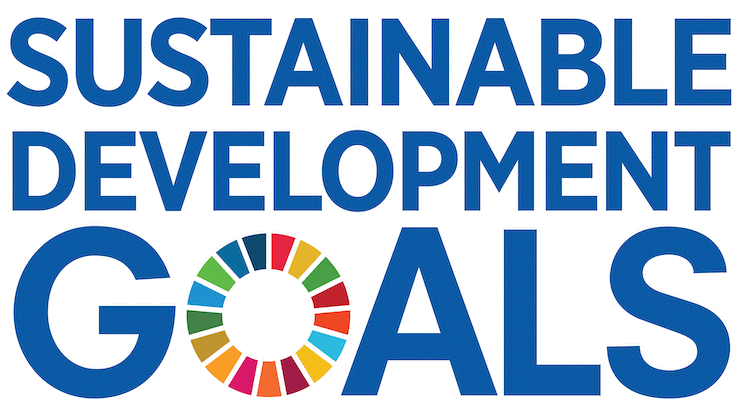SDG Keywords from Scopus data (1996–2022)
pro-poor, social care services, energy poverty, microfinance institution, microfinance institutions, welfare reform, poverty rates, poverty rate, social vulnerability index, food bank, health and social care services, income poverty, income inequalities, poverty line, alleviate poverty, microcredit, urban poverty, poverty alleviation, microfinance institutions (mfis), extreme poverty, microfinance, financial inclusion, poverty and inequality, social investment, anti-poverty, disability policy, food banks, pension reform, wealth distribution, welfare-to-work, finance institutions, social safety net, social protection, poverty indicator, poverty risk, wealth inequality, poverty measure, public pension, workfare, poverty reduction, wage inequality, alleviating poverty, social safety, poverty indicators, targeted poverty alleviation, inequality and poverty, earnings inequality, income distributions, welfare program, multidimensional poverty, working poor, unemployment insurance, age inequality, pension plan, income inequality, poverty eradication, risk of poverty, employment insurance, welfare programs, pension plans, income redistribution, welfare reforms, poverty measures, income distribution inequality, poverty and social exclusion, poverty gap, economic empowerment, child poverty, poverty index, social protection system, reducing poverty, temporary assistance for needy families, pension reforms, income disparity, social welfare policy, welfare recipients, microfin, welfare recipient, poverty measurement, welfare to work, income distribution, poverty lines, private pension, pro-poor growth, antipoverty, poverty reduction strategy, social safety nets, rural poverty, financial exclusion, distribution inequality, public pensions, poverty levels, fight against poverty, relative poverty, poverty trap, income equality, welfare policy, family policy, income disparities, microfinance industry, below poverty line, public pension system, household poverty, equality of opportunity, fare policy, health insurance policy, micro-credit, uninsurance, welfare programmes, social protection systems, poverty level, land redistribution, defined contribution pension, federal poverty level, welfare regime, poverty reduction strategies, social welfare program, land restitution, welfare programme, poverty incidence, social vulnerability index (svi), poverty dynamics, absolute poverty, microfinance program, micro-finance, retirement pension, tipover, safety nets, cycle of poverty, high poverty, children's health insurance, the gini coefficient, welfare policies, family policies, digital financial inclusion, poverty policy, temporary assistance for needy families (tanf), microcredit program, welfare regimes, social security disability insurance, incidence of poverty, microfinance sector, proletariat, determinants of poverty, social protection programmes, children's health insurance program, inequality measure, rights to land, multidimensional poverty index, poverty status, pension scheme, non-poor, regional income inequality, disability policies, poor households, gini coefficient, safety net program, poverty traps, health insurance coverage, anti-poverty program, pro-poor tourism, food poverty, defined contribution, personal responsibility and work opportunity reconciliation act, welfare states, living in poverty, household income inequality, funded pension, poor household, social investments, social welfare programs, rural finance, poverty indices, inequality measures, social protection policies, social security system, health insurance scheme, pension schemes, chronic poverty, poverty and vulnerability, level of poverty, equality measure, state children's health insurance program, unemployment benefit, uninsured children, dimensions of poverty, defined benefit pension plan, social security reform, payg, top income, black economic empowerment, economic growth and poverty reduction, temporary assistance to needy families, afdc, financial inclusion index, and poverty, health insurance schemes, poverty headcount, poverty threshold, health poverty, unemployment benefits, cash transfers, age pension, agricultural finance, employment policy, social welfare policies, poverty-alleviation, welfare receipt, social protection programs
 Since 2018, Elsevier has developed a set of SDG-related search queries to assist researchers and institutions in tracking and demonstrating their progress towards the SDG targets. Over the past three years, these specialized search queries, in conjunction with universities' own data and evidence of their contributions to the SDGs beyond research metrics, have been utilized as part of the Times Higher Education (THE) Impact Rankings.
Since 2018, Elsevier has developed a set of SDG-related search queries to assist researchers and institutions in tracking and demonstrating their progress towards the SDG targets. Over the past three years, these specialized search queries, in conjunction with universities' own data and evidence of their contributions to the SDGs beyond research metrics, have been utilized as part of the Times Higher Education (THE) Impact Rankings.